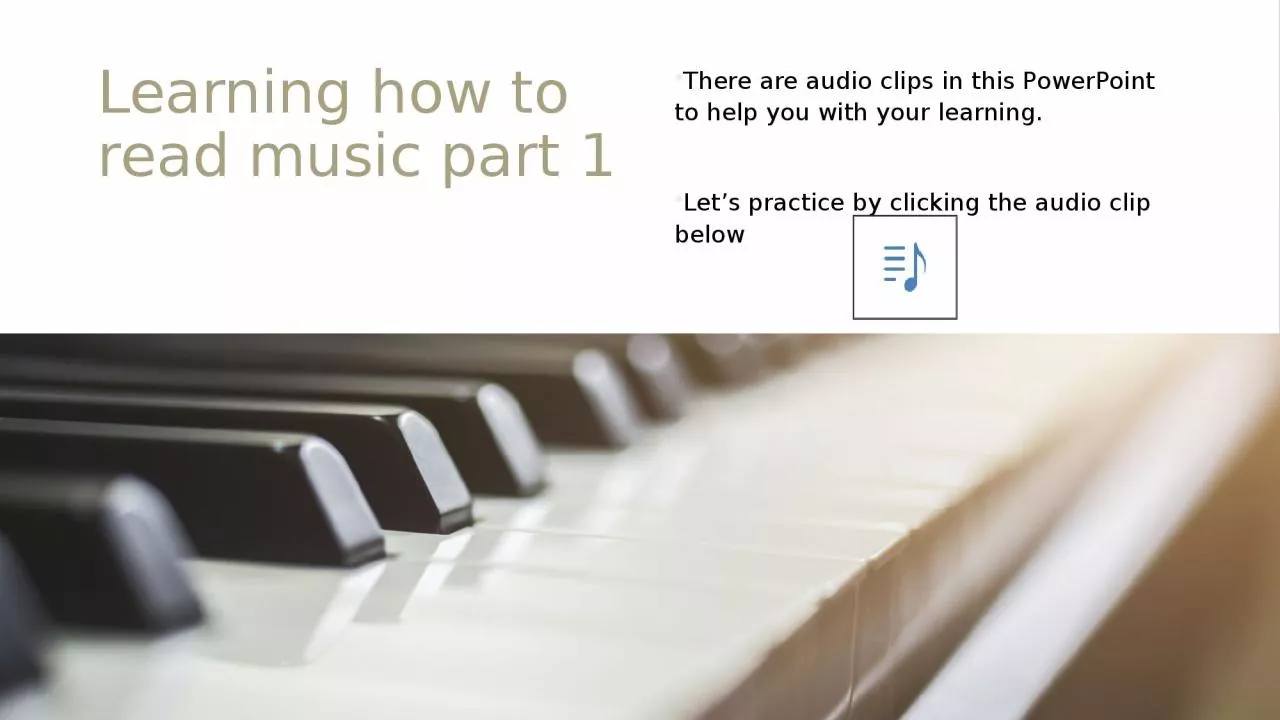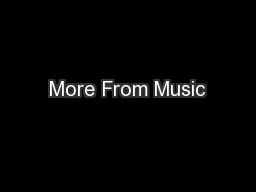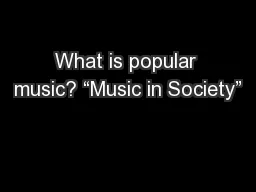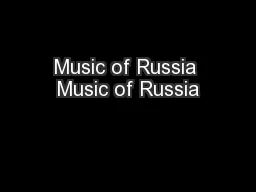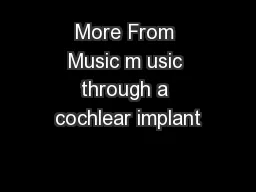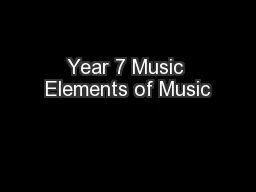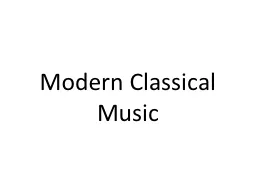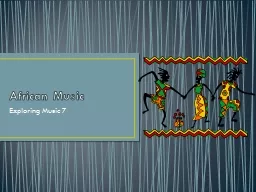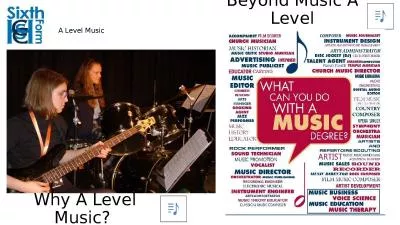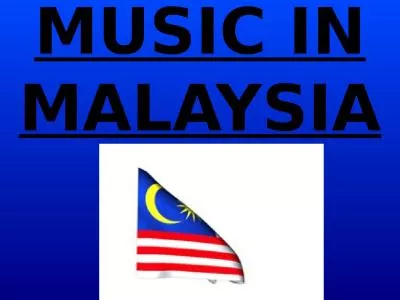PPT-Learning how to read music part 1
Author : arya | Published Date : 2023-09-19
There are audio clips in this PowerPoint to help you with your learning Lets practice by clicking the audio clip below Recap of last term Warm up Exercise Last
Presentation Embed Code
Download Presentation
Download Presentation The PPT/PDF document "Learning how to read music part 1" is the property of its rightful owner. Permission is granted to download and print the materials on this website for personal, non-commercial use only, and to display it on your personal computer provided you do not modify the materials and that you retain all copyright notices contained in the materials. By downloading content from our website, you accept the terms of this agreement.
Learning how to read music part 1: Transcript
Download Rules Of Document
"Learning how to read music part 1"The content belongs to its owner. You may download and print it for personal use, without modification, and keep all copyright notices. By downloading, you agree to these terms.
Related Documents

